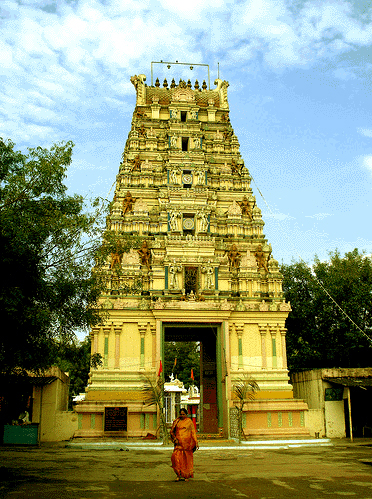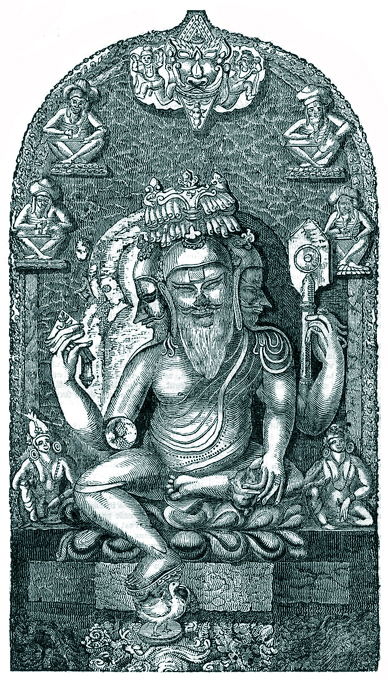
|
|
|
|
In his introduction to Bhagavad-gita As It Is, Srila Prabhupada presents the early parampara members in the 'List of 32', as follows:
Brahma Narada Vyasa Madhva Shri Uttaradi Matha describes the origination of the Brahma Sampradaya in this way: "Historically speaking, Sri Uttaradi Math is the original seat of Jagadguru Sri Madhvacharya. From reliable sources we come to know that Madhvacharya has inherited this seat from Sri Achyuta Preksha, who belonged to the Ekadandi Order of Brahma Sampradaya. There is a legend on how this Brahma Sampradaya was initiated. At the time of Creation, Shri Narayana, the supreme God, moved primordial matter into numerous forms in an evolutionary process and gave the infinite souls, who were under his care from unoriginated times, physical bodies suited to their nature, karma and effort. He created the entire universe including the earth, with its Sadhana Bhoomi – the land where merits turn out to be fruitful. The Supreme God also wanted to bless the souls with divine knowledge, by which they can attain salvation. For this purpose Shri Narayana himself incarnated as Shri Hamsa and adorned the pontifical seat called the Hamsa-Pitha. As He is also known as Uttara, the Math initiated by Him came to be known as Uttara-Adi Math (The Math initiated by Sri Uttara). Sri Hamsa initiated Shri Brahma as his first disciple-pontiff and revealed the divine knowledge to him. He also gave him the idols of Shri Sita and Shri Rama for daily worship in Uttaradi Math. As these idols preceded all other idols of Sri Sita and Rama, they were called as Sri Moola Sita and Moola Rama idols (Moola means original or the first). Accordingly Shri Brahma worshipped Shri Moola Rama and Shri Sita for a very long time in his capacity as pontiff of Shri Uttaradi Math and passed the pontifical seat to Sanaka. This tradition continued for a long period of time until the advent of Kali Yuga. Even though the tradition continued unabatedly, it could not openly continue due to the attacks from demonic groups until Sri Madhvacharya's incarnation. Madhvacharya revived and rejuvenated the tradition and poured new life into it."

Lingampally Temple Lord Brahma in Lingampally, Andhra Pradesh Lingampally (Serilingampally), once a small village, is now a large municipality in Vemulawada mandal of Karimnagar district, Andhra Pradesh. It is home to an ancient Brahma Temple, said to be modeled after, or reminiscent of the Brahma Temple of Varnasi. The Lingampally temple is one of this town's most important religious shrines. Not surprisingly, many locals say that outside of Pushkar, Lingampally is the only Brahma temple in all of India. Located near Hyderabad, on National Highway 9, Lingampally has become a residential area populated by many IT workers, and is now one of the fastest growing zones of Hyderabad.
| |
